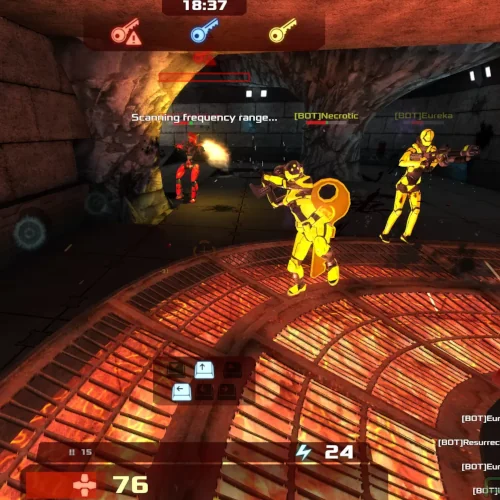Dolphin Emulator Drops D3D12 Backend, Focuses On Vulkan

While the Dolphin Emulator had rolled out a Direct3D 12 back-end, they have now pushed it into the dump, following the earlier removal of their D3D9 back-end. The Dolphin Emulator crew has decided to instead put their resources into their Vulkan back-end, which is performing on-par with where their D3D12 support was, barring any GPU/driver oddities.
In addition to Dolphin moving full-power with its Vulkan back-end, they also dropped their JITIL (Just In Time Intermediate Layer) recompiler as its performance wasn't up to the speed or compatibility of JIT. Dolphin developers have also made a number of important fixes, better Android touch control, there's a new cross-platform Cubeb audio back-end providing low latency audio on all supported operating systems,
Also exciting for this game console emulator is they are working on moving from their long-standing WxWidgets interface to instead using Qt5. They hope the transition will work this time and for now are working on replicating the WxWidgets UI in Qt before re-designing the UI for better suiting Qt. They hope this new Qt UI port will be completed in a few months.
More details on these latest Dolphin open-source happenings via Dolphin-Emu.org.
38 Comments

